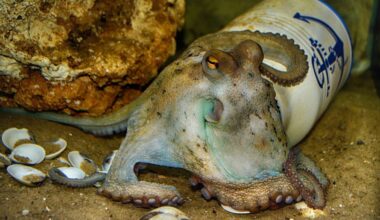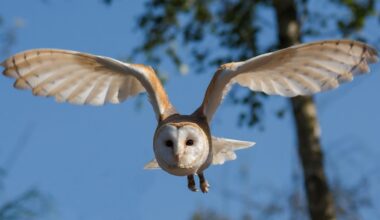Scorpions are ancient arachnids that have fascinated and sometimes frightened humans for centuries. With their distinctive appearance and potent venom, scorpions have earned a reputation as formidable predators. However, there’s much more to these fascinating creatures than meets the eye. In this article, we’ll delve into the top 10 fun facts about scorpions, shedding light on their intriguing biology, behavior, and cultural significance.
Ancient Predators
Scorpions are among the oldest terrestrial arthropods, with fossils dating back over 400 million years. These ancient creatures have remained relatively unchanged throughout their evolutionary history, demonstrating remarkable adaptations for survival in diverse environments.
Venomous Stingers
One of the most distinctive features of scorpions is their venomous stinger, located at the end of their tail. While not all scorpions are highly venomous to humans, their venom is a crucial tool for subduing prey and defending against predators. The potency of scorpion venom varies depending on the species, with some capable of delivering potentially lethal stings.
Nighttime Hunters
Scorpions are nocturnal creatures, preferring to hunt and forage under the cover of darkness. They use their keen sense of smell and vibration-sensitive hairs, called trichobothria, to locate prey such as insects, spiders, and even small vertebrates. Their nocturnal habits also help them avoid predators and regulate their body temperature in hot environments.

UV Fluorescence
Many scorpions exhibit a fascinating trait known as UV fluorescence, which causes their exoskeleton to glow when exposed to ultraviolet light. This fluorescence is thought to serve several purposes, including attracting prey, deterring predators, and communicating with potential mates. It’s a mesmerizing sight to behold under a UV lamp in the darkness of night.
Ancient Symbolism
Scorpions have long held symbolic significance in various cultures and mythologies around the world. In ancient Egypt, scorpions were associated with the goddess Serket, who was believed to protect against venomous creatures and heal those stung by scorpions. In other cultures, scorpions have been depicted as symbols of death, transformation, and protection.
Impressive Adaptations
Scorpions have evolved a range of impressive adaptations to thrive in diverse environments, from deserts and grasslands to forests and caves. These adaptations include their armored exoskeleton, which helps protect them from predators and dehydration, as well as their ability to go months without food and survive extreme temperatures.
Maternal Care
Female scorpions exhibit remarkable maternal care behaviors, with many species actively guarding and protecting their offspring. After giving birth, a mother scorpion carries her young on her back until they are old enough to fend for themselves. Some species even feed their young by regurgitating food for them.

Slow Metabolism
Scorpions have a slow metabolism compared to many other arthropods. It allows them to survive for extended periods without food or water. Some species can go months without eating, relying on stored fat reserves to sustain them during lean times. This adaptation helps scorpions thrive in environments where food may be scarce.
Diverse Habitat Range
Scorpions can be found on every continent except Antarctica, demonstrating their remarkable adaptability to a wide range of habitats. They inhabit a variety of ecosystems, including deserts, forests, grasslands, mountains, and caves, where they play important roles as predators and scavengers in the food chain.
Lifespan and Longevity
While the lifespan of scorpions varies depending on the species and environmental conditions, many scorpions are long-lived compared to other arachnids. Some species can live for several years in the wild, with females typically outliving males. Their longevity and resilience contribute to their success as ancient predators.
Scorpions are truly fascinating creatures that have captured the imagination of humans for centuries. From their ancient origins and venomous stingers to their nocturnal habits and maternal care behaviors, scorpions continue to intrigue and inspire awe. By learning more about these remarkable arachnids, we can gain a deeper appreciation for the intricate wonders of the natural world. Whether viewed as symbols of strength, resilience, or mystery, scorpions remind us of the marvels that exist in the wild and the importance of preserving biodiversity for future generations to enjoy.










